You know what's funny? When I first heard about Filipino Cheese Bread back in college, I thought it would be this gooey, savory cheese-filled pastry. Boy, was I wrong. I still remember my first bite at L.A. Bakeshop in Pampanga. Instead of the salty, cheesy flavor I expected, I got this combination of fluffy sweet bread with this crumbly, sweet-and-slightly-cheesy coating that just melts in your mouth.
Every weekend when I visited Pampanga, I'd make sure to grab a paper bag full of these babies while they were still warm. Pure heaven with a cup of hot chocolate or coffee!
Jump to:
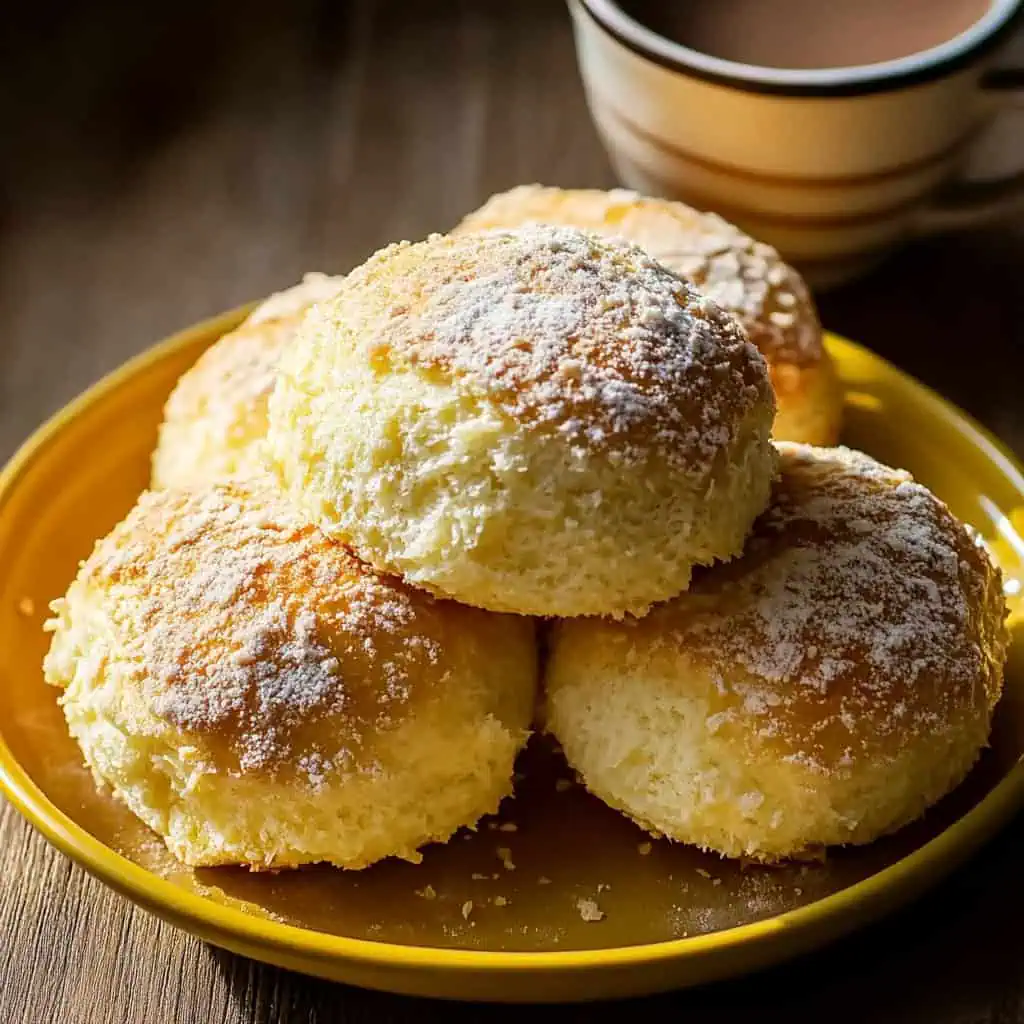
Why You'll Love This Recipe
- Authentic Taste: Recreate the iconic L.A. Bakeshop (San Fernando, Pampanga) cheese bread at home
- Perfect Texture: Soft, fluffy interior with a distinctively sweet-savory crusty coating
- Foolproof Method: Detailed step-by-step instructions with pro tips
- Make Ahead: Can be frozen for up to 3 months
- Cost-Effective: Save money by making this bakery favorite at home
- Family Favorite: Perfect for breakfast, merienda, or pasalubong
Ingredients
Each ingredient in this recipe serves a special purpose. The high-grade flour provides structure while potato flakes create that signature tenderness Filipino breads are known for. Butter and milk add richness, while the unique combination of cheddar cheese with powdered milk and sugar in the coating creates that perfect sweet-savory balance that makes this bread so addictive.
The result is a bread that's soft inside with a delicately crisp, flavorful coating that can't be found in any other pastry.
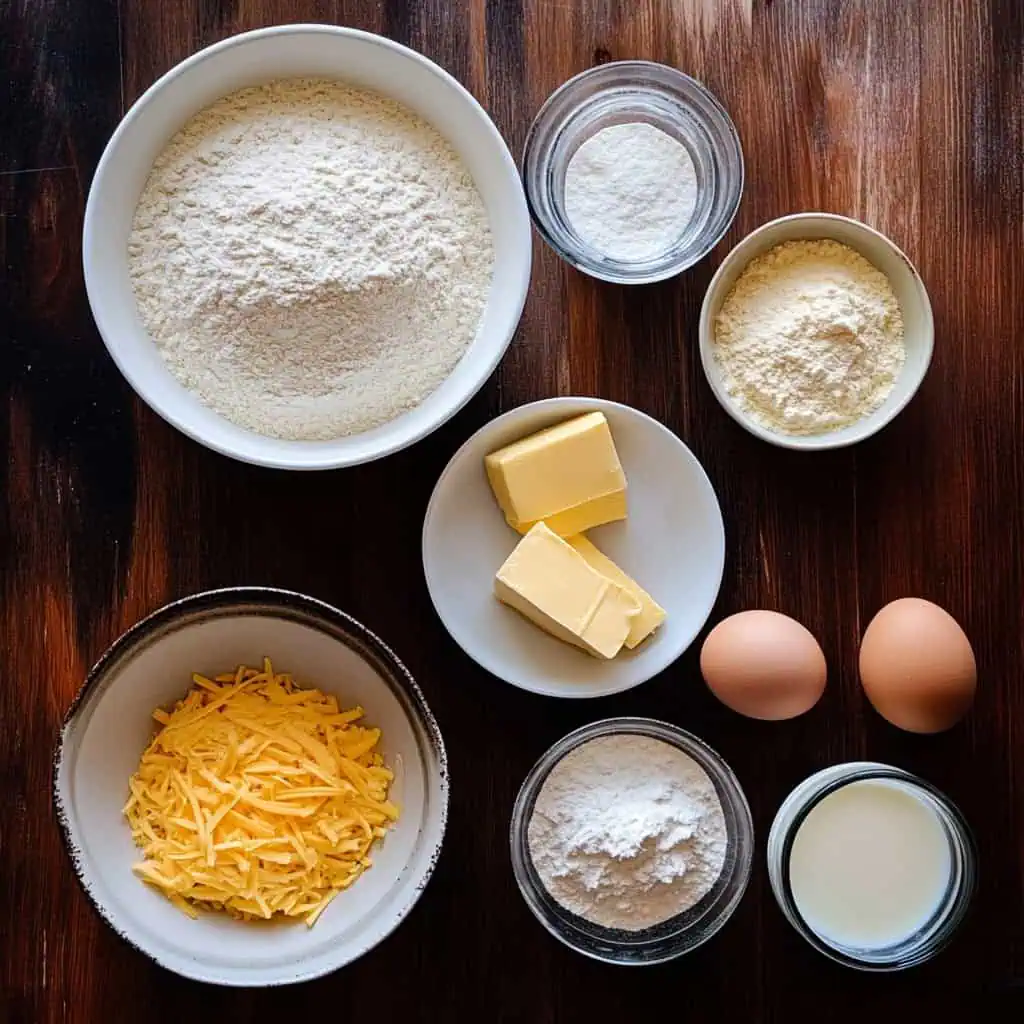
For the Dough:
- 3½ cups high-grade flour (435g)
- ½ cup potato flakes (30g)
- 1 tablespoon active dry yeast (9g)
- ¼ cup warm water (60ml)
- ½ cup butter, melted (113g)
- 1 cup milk (240ml)
- ¾ cup + 1 tablespoon sugar (165g)
- ½ teaspoon salt (3g)
- 1 large egg
For the Cheese Coating:
- 2 cups grated cheddar cheese (200g)
- 1 cup powdered milk (120g)
- ½ cup all-purpose flour (60g)
- 1¼ cups powdered sugar (150g)
- ¼ cup butter, room temperature, cubed (57g)
Equipment
- Stand Mixer with Dough Hook - Makes kneading efficient and ensures proper gluten development
- Digital Kitchen Scale - For precise measurements, especially important in baking
- Large Mixing Bowls - For mixing ingredients and proofing dough
- Pastry Brush - For applying egg wash if needed
- Baking Sheets - To bake the bread evenly
- Parchment Paper - Prevents sticking and makes cleanup easier
- Dough Scraper - Helps with handling sticky dough and dividing it into portions
- Cooling Rack - Ensures bread cools properly for the perfect texture
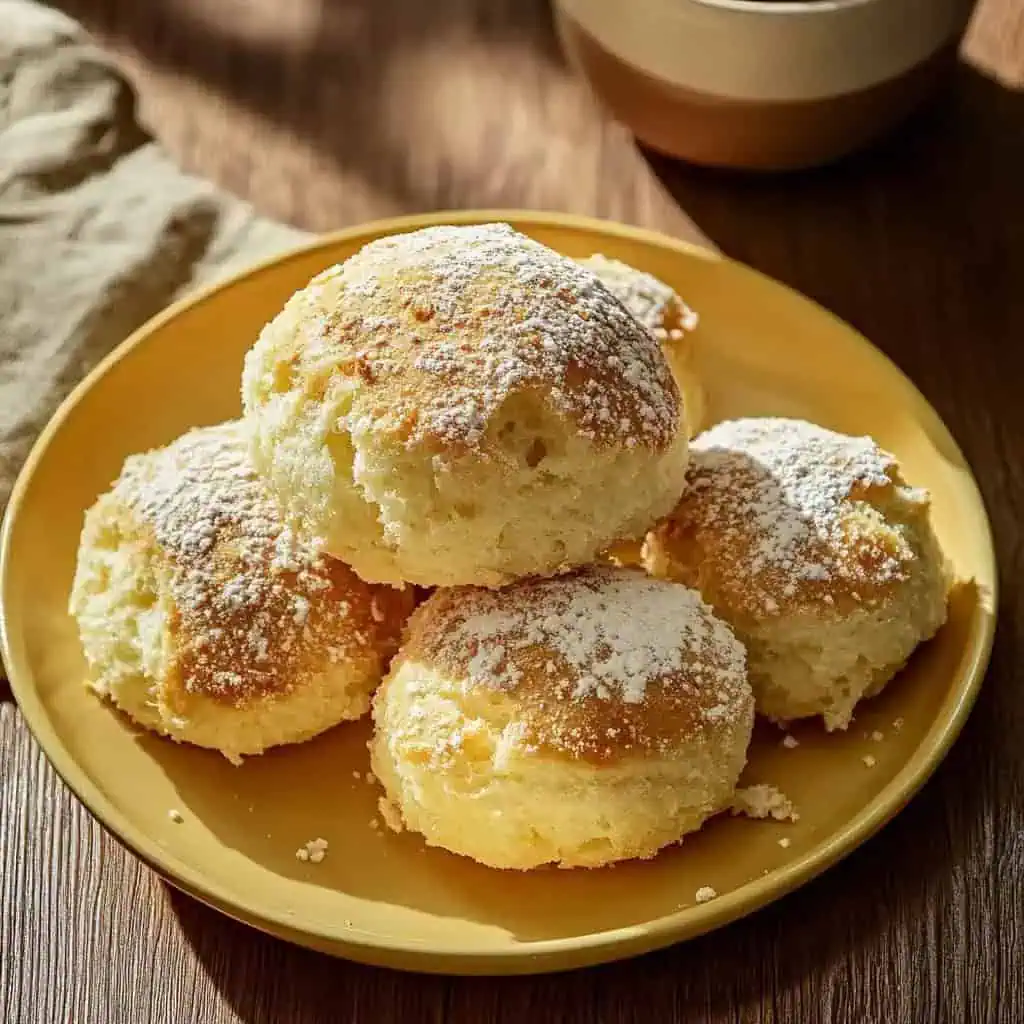
How To Make
- Bloom the yeast: In a small bowl, combine the active dry yeast with warm water (around 35°C/95°F) and 1 tablespoon of sugar. Let it rest in a warm spot for 10 minutes until foamy and activated.
- Prepare the wet ingredients: In a large bowl, whisk together the melted butter, room temperature milk, egg, remaining sugar, and salt until well combined.
- Make the dough: Add the foamy yeast mixture to your wet ingredients and stir gently. Gradually add the flour and potato flakes. If using a stand mixer, knead with the dough hook for 10 minutes on medium speed. If kneading by hand, turn the dough onto a floured surface and knead for 15 minutes until smooth and elastic.
- First rise: Place your kneaded dough in a greased bowl and cover with a damp cloth. Let it rise in a warm place for 1 hour or until doubled in size.
- Prepare the cheese coating: While the dough rises, mix together the grated cheddar cheese, powdered milk, flour, and powdered sugar in a large bowl. Add the room temperature butter cubes and mix until you get a crumbly mixture. Break up any large clumps with your fingers.
- Shape the bread: After the dough has doubled, gently punch it down and divide it into 30 equal pieces (about 45g each if using a scale). Roll each piece into a ball.
- Apply coating: Roll each ball generously in the cheese coating mixture, pressing gently so the coating sticks well. Place each coated ball on a baking sheet lined with parchment paper, leaving space between each piece.
- Second rise: Let the coated bread pieces rise again for 30 minutes in a warm place. Don't let them rise too long or they'll lose their shape.
- Bake: Preheat your oven to 150°C (300°F). Bake the bread for 15-17 minutes until lightly golden. Don't overbake - they should still be soft and fluffy inside.
- Cool and enjoy: Let them cool on a wire rack for 10 minutes before eating. They're best enjoyed warm, when the coating is still slightly crispy and the inside is soft and tender.

Tips from Lola's Kitchen
- Secret to softness: The potato flakes are non-negotiable! They create exceptionally tender bread that stays fresh longer.
- Proofing perfection: Watch your dough during the second rise—overproofing will cause the bread to lose its shape.
- Coating technique: Be generous with the cheese coating and press it firmly but gently into the dough.
- Dough consistency: Keep the dough slightly sticky for the softest bread texture.
- Yeast matters: Always use fresh yeast for best results—old yeast leads to dense bread.
- Temperature awareness: Ensure all refrigerated ingredients reach room temperature before mixing for proper dough development.
- Gentle handling: After the first rise, handle the dough gently to preserve air bubbles for a lighter texture.
Substitutions
- No potato flakes? Use an equal amount of freshly mashed potatoes (ensure they're completely cool before adding).
- High-grade flour alternative: Mix all-purpose flour with 1 tablespoon of vital wheat gluten to achieve similar protein content.
- Powdered milk options: Regular milk powder works perfectly; non-dairy milk powders can work but will alter the flavor slightly.
- Cheese variations: Quick-melt cheese or processed cheese can substitute for cheddar, though the flavor will be milder.
- Yeast alternatives: If using instant yeast instead of active dry, reduce the amount by 25% (about 2¼ teaspoons).
- Sugar options: Light brown sugar can replace white sugar in the dough for a subtle caramel note.
- Butter substitutes: While not traditional, coconut oil can work in the dough, but use only butter for the coating.
Troubleshooting
Bread is too dense:
- Your yeast might be old or inactive—check the expiration date
- The dough wasn't kneaded long enough to develop proper gluten
- First rise was too short or environment was too cool
- Flour ratio may be off—measure precisely or adjust with 1-2 tablespoons of milk if too dry
Coating falls off:
- Butter in coating was too warm and melted—it should be room temperature but still solid
- Coating wasn't pressed firmly enough into the dough
- Dough surface was too dry—lightly mist with water before coating
- Try chilling the coated dough for 10 minutes before baking
Bread browns too quickly:
- Your oven temperature is likely too high—use an oven thermometer to verify
- Move the rack to a lower position in the oven
- Tent with foil halfway through baking if browning too fast
- Consider reducing temperature to 140°C and extending baking time slightly
Dough isn't rising:
- Check your yeast viability with a quick test in warm water and sugar
- Ensure your proofing location is warm enough (ideally 27-32°C/80-90°F)
- Your liquid might have been too hot and killed the yeast
- Add a pinch more sugar to feed the yeast
Storage & Reheating
- Room temperature: Store in an airtight container for up to 2 days. The coating will soften but the flavor remains excellent.
- Refrigerator: Keep in an airtight container for up to 1 week. The texture will firm up slightly.
- Freezer: Wrap individually in plastic wrap then place in a freezer bag for up to 3 months.
- Reheating from room temperature: Warm in a 150°C (300°F) oven for 5 minutes or microwave for 10 seconds.
- Reheating from frozen: Thaw overnight in the refrigerator, then warm in a 150°C oven for 5-7 minutes.
- Refreshing stale bread: Spritz with a little water and warm in a 150°C oven for 3-5 minutes to revive freshness.
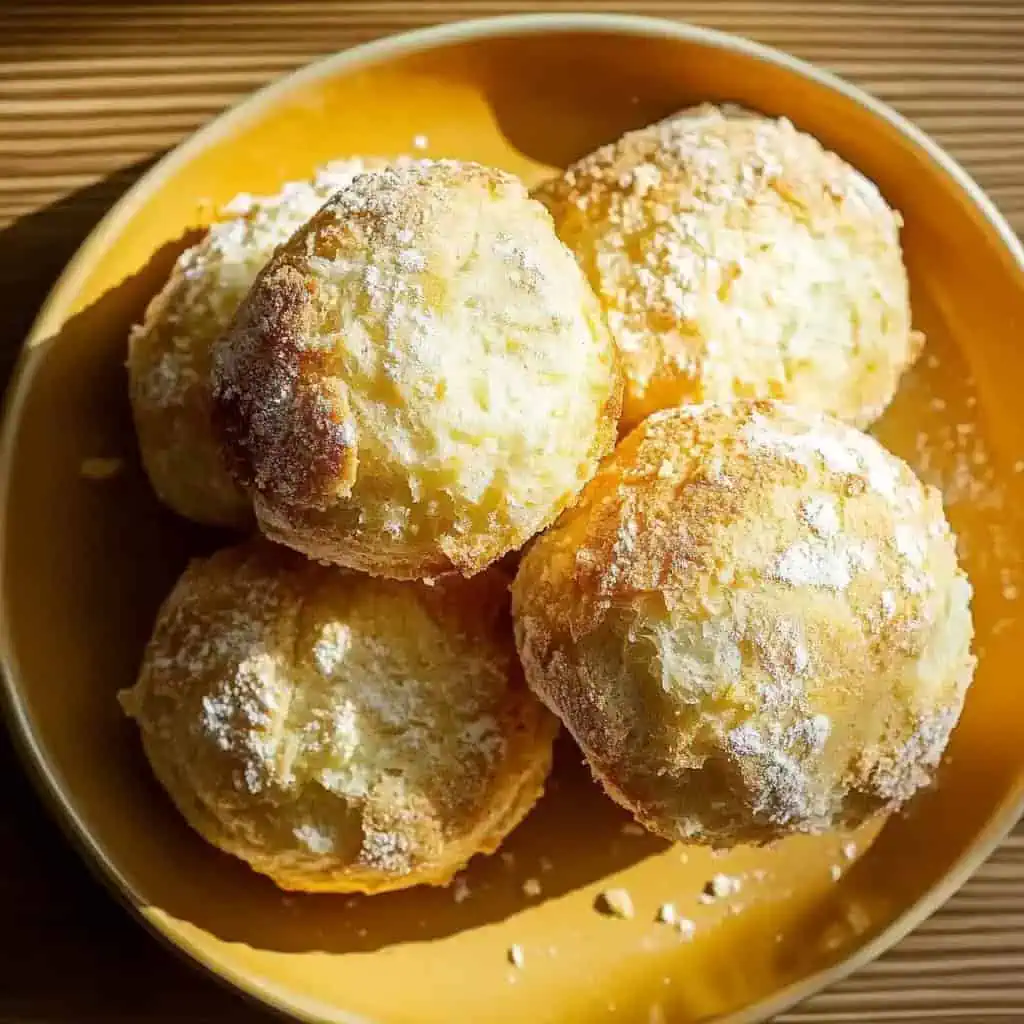
FAQ
Why is my dough not rising properly?
Check your yeast freshness and ensure your proofing environment is warm enough (27-32°C/80-90°F). Cold kitchens are often the culprit for slow rising dough.
Can I make this recipe ahead of time?
Absolutely! You can prepare the dough through shaping, then freeze before the second rise. When ready to bake, thaw overnight in the refrigerator, allow to complete the second rise (which will take longer), then bake as directed.
Why use potato flakes in bread?
Potato flakes create a more tender, moist bread texture that stays fresh longer. The starch in potatoes helps attract and hold moisture, resulting in that signature soft Filipino bread texture.
Can I reduce the sugar in this recipe?
You can reduce by up to 25%, but it will affect both texture and authenticity. The sugar contributes to the bread's softness and is essential for the authentic flavor profile.
How do I know when the bread is perfectly baked?
The bread should be lightly golden on top and bottom, and should sound hollow when tapped. If you have a kitchen thermometer, the internal temperature should read around 88-91°C (190-195°F).
Can I double the recipe?
Yes! Just make sure your mixer can handle the volume, or divide the dough into batches if kneading by hand. Baking time remains the same.
Why doesn't my bread have that distinctive bakery flavor?
Traditional Filipino bakeries often use a special bread improver and flavor enhancer called "bread softener." For home bakers, a teaspoon of vanilla extract in the dough can help simulate that familiar bakery aroma.
What's the best way to serve Filipino Cheese Bread?
Traditionally, it's enjoyed warm with hot chocolate or coffee. Many Filipinos also love pairing it with champorado (chocolate rice porridge) for breakfast or merienda (afternoon snack).
Related
Looking for other recipes like this? Try these:
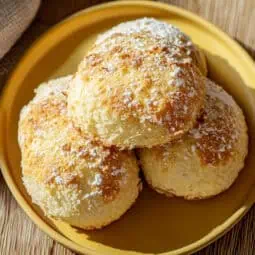
Filipino Cheese Bread
Equipment
- Stand Mixer with Dough Hook (Mixer na may Dough Hook) For efficient dough kneading
- Digital kitchen scale (timbangan) For precise measurements
- Large Mixing Bowls (Mangkok) For mixing ingredients and proofing dough
- Pastry Brush (Brush para sa Pagpapahid) For applying egg wash
- Baking sheets For baking the bread
- Parchment Paper To prevent sticking
- Dough Scraper (Pangkayod ng Masa) For easy dough handling
- Cooling rack For proper cooling
Ingredients
For the Dough
- 3½ cups high-grade flour 435g (Harina)
- ½ cup potato flakes 30g
- 1 tablespoon active dry yeast 9g
- ¼ cup warm water 60ml (Maligamgam na tubig)
- ½ cup butter melted (113g) (Tinunaw na mantikilya)
- 1 cup milk 240ml (Gatas)
- ¾ cup + 1 tablespoon sugar 165g (Asukal)
- ½ teaspoon salt 3g (Asin)
- 1 large egg Itlog
For the Cheese Coating
- 2 cups grated cheddar cheese 200g (Kinadkad na keso)
- 1 cup powdered milk 120g (Gatas na Powder)
- ½ cup all-purpose flour 60g (Harina)
- 1¼ cups powdered sugar 150g (Asukal)
- ¼ cup butter room temperature, cubed (57g) (Mantikilya)
Instructions
- Start by blooming your yeast. In a small bowl, mix the active dry yeast with warm water (35°C) and 1 tablespoon of sugar. Let it rest in a warm spot for 10 minutes until it becomes foamy.
- While waiting for the yeast, prepare your wet ingredients. In a large bowl, whisk together the melted butter, room temperature milk, egg, remaining sugar, and salt until well combined.
- Once your yeast is foamy, add it to your wet ingredients and stir gently. Now start adding your flour and potato flakes gradually. If you're using a stand mixer, use the dough hook and knead for 10 minutes on medium speed. If kneading by hand, turn the dough onto a floured surface and knead for 15 minutes until smooth and elastic.
- Place your kneaded dough in a greased bowl and cover with a damp cloth. Let it rise in a warm place for 1 hour or until doubled in size.
- While the dough is rising, make your cheese coating. Mix together the grated cheddar cheese, powdered milk, flour, and powdered sugar in a large bowl. Add the room temperature butter cubes and mix until you get a crumbly mixture. Break up any large clumps with your fingers.
- After the dough has doubled, gently punch it down and divide it into 30 equal pieces (about 45g each if you're using a scale). Roll each piece into a ball.
- Take each ball and roll it generously in the cheese coating mixture, pressing gently so the coating sticks well. Place each coated ball on a baking sheet lined with parchment paper, leaving space between each piece.
- Let the coated bread pieces rise again for 30 minutes in a warm place. Don't let them rise too long or they'll lose their shape.
- While they're doing their second rise, preheat your oven to 150°C.
- Bake the bread for 15-17 minutes until they're lightly golden. Don't overbake - they should still be soft and fluffy inside.
- Let them cool on a wire rack for 10 minutes before eating. They're best enjoyed warm, when the coating is still slightly crispy and the inside is soft and tender.
Tips from Lola's Kitchen
- Use potato flakes for the softest, most tender bread
- Don't skip the second rise, but don't let it overproof
- The cheese coating should be very generous
- Keep dough slightly sticky for softer bread
- Use fresh yeast for best results
- Room temperature ingredients are crucial
Nutrition
The Story Behind Filipino Cheese Bread
Deep in the culinary heart of Pampanga, known as the Philippines' food capital, a unique twist on traditional bread emerged in the early 1990s that would forever change the landscape of Filipino panaderias. Filipino Cheese Bread, locally beloved for its unexpected combination of sweet and savory flavors, first gained prominence at the iconic L.A. Bakeshop in San Fernando, Pampanga, quickly becoming a must-try regional specialty.
Unlike its global counterparts such as Brazilian pão de queijo or Colombian pan de bono, Filipino Cheese Bread takes an unexpected turn by transforming what sounds like a savory treat into a sweet, milk-rich delicacy. This innovative approach perfectly captures the Filipino palate's love for combining contrasting flavors, much like the beloved ensaymada with its sweet bread and salty cheese topping.
The bread's distinctive character comes from its two-part composition: a cloud-soft, potato-enriched dough and a unique streusel-like coating that combines cheddar cheese with powdered milk and sugar. This coating, which creates a delicately sweet and slightly cheesy crust, has become the signature element that sets it apart from other Filipino bread varieties like pandesal, pan de coco, and monay.
What started as a local Kapampangan specialty has now spread throughout the Philippines, with countless bakeries offering their own versions. However, true enthusiasts still make the pilgrimage to Pampanga for the original recipe. The bread has become such a beloved pasalubong (food souvenir) that it's common for travelers to buy boxes full to share with family and friends, making it a symbol of the region's culinary excellence.
Today, Filipino Cheese Bread stands as a testament to the evolution of Filipino baking traditions, showcasing how modern innovations can become beloved classics. Its popularity has sparked a new generation of Filipino bakers to experiment with traditional recipes, while its unique flavor profile continues to intrigue food enthusiasts and culinary historians interested in the development of Filipino cuisine.
From humble panaderia shelves to social media fame, this sweet-meets-savory creation has carved out its own niche in the rich tapestry of Filipino bread culture. Whether enjoyed fresh from the oven with a hot cup of tsokolate or packed carefully as a precious food gift, Filipino Cheese Bread represents the perfect fusion of traditional baking techniques with modern Filipino taste preferences.
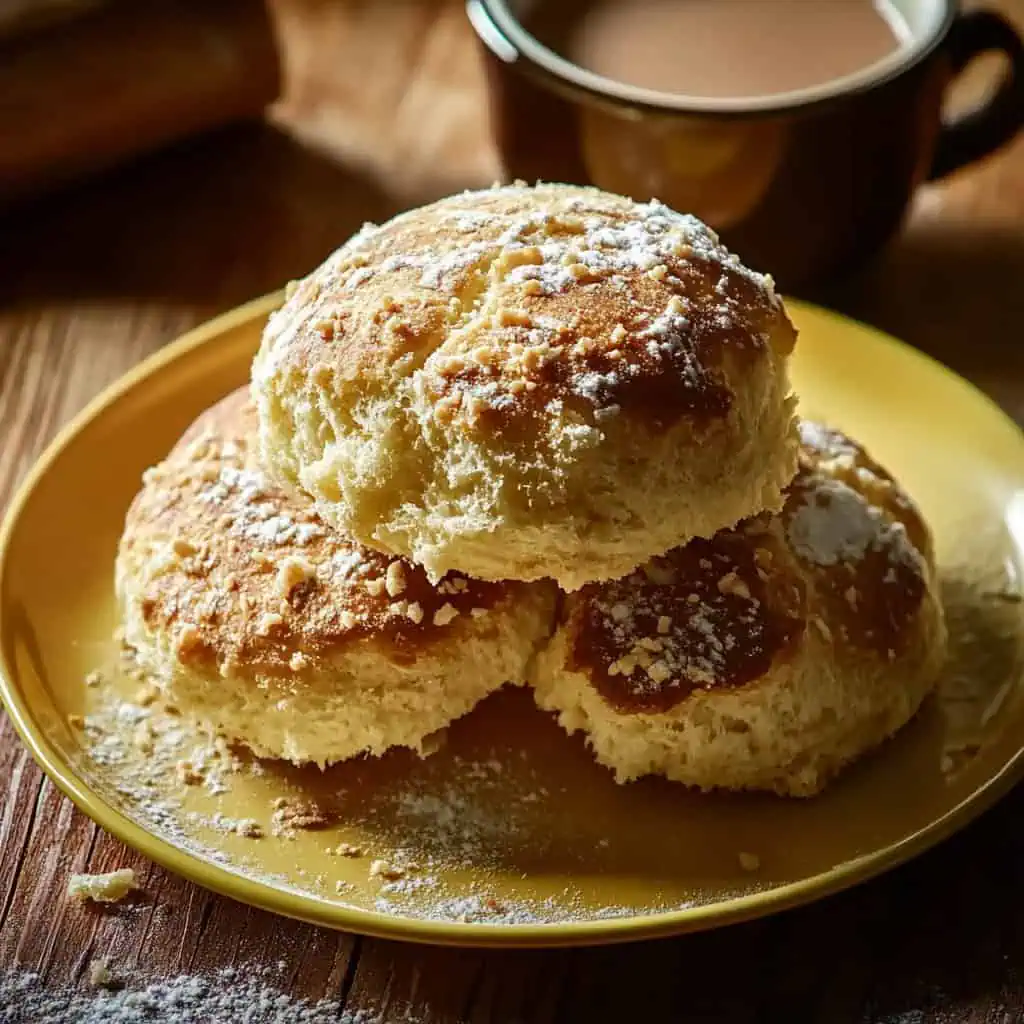






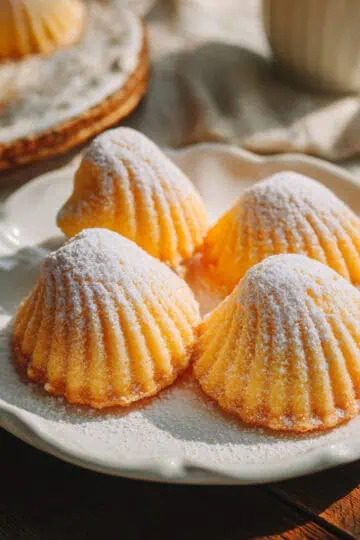

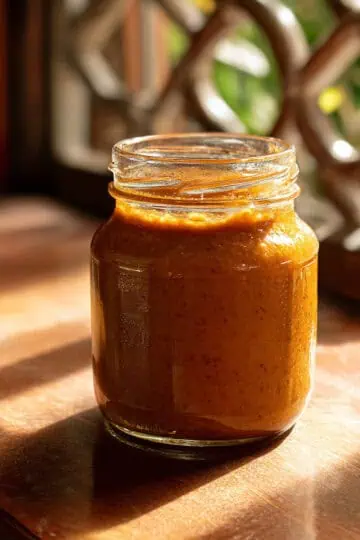
Comments
No Comments